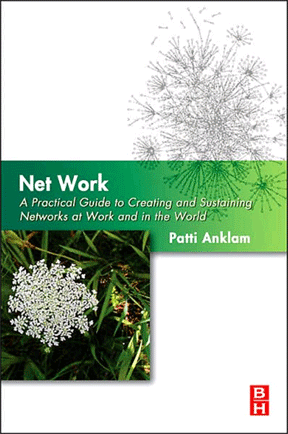You know you’ve been touched by a powerful idea or theory when it keeps coming back to mind, and begging you to apply its perspective to other ideas you encounter or read about. I’ve been touched by the Strauss and Howe theory of generations.
Deb Gilburg, of the Gilburg Leadership Institute introduced the idea (first described in the 1991 book Generations) to a recent meeting of our local idea network Gennova. The theory has it that there is a cycle of generational patterns that repeats every four generations (approximately 22 to 26 years). Strauss and Howe have characterized the four patterns and have mapped these patterns to 350 years of American history. Each pattern both shapes and is shaped by the historical context of its time, but the underlying characteristics of each pattern remain the same.
We are now accustomed to thinking about our three primary current generations, Boomers (the first generation to actually identify and name itself), GenX, and GenY. There are, of course, still many members of the pre-boomer “GI” generation that took us through WWII and its immediate antecedent, the generation that Strauss and Howe call the “Silents.” The archetypes that typify these generations are the Hero, Artist, Visionary and Nomad. A “turning” occurs after each cycle of four generations. The 2007 HBR article, The Next 20 Years: How Customer and Workforce Attitudes Will Evolve, though a bit scarily prescient in that it lists both Barack Obama and Sarah Palin as exemplars of Generation X. There’s also a lot of free stuff on the web site linked above.
This intriguing theory shows up, of course, in my current work to understand how to implement social tools in the enterprise given the distinct differences between the Boomers who fill the top management ranks, the GenXers coming up to management, and the GenYers who we look at as group-oriented, network-and-tool-savvy, and eager to be assigned important work. The tool part is an instance of history (in this case, the march of technology) influencing the generation. But, the group-oriented nature of GenY as this generation gets down to work, in the same way that the previous “Hero” generation, the GIs, got to work to organize and defend the world against tyrannical and mad dictators.
Previous Hero generations came of age during wartime (Revolutionary, Civil, and WWI) and we are of course at war on many fronts. But the challenge that unites a Hero generation does not need to be war. It could, for instance, be a planetary threat — like global warming — that will need people to set aside politics to accomplish bold endeavor.
This notion of the generational styles shows up for me in many ways recently. In a blog over on theAppGap, for instance, I reflected on current criticism of why managers do not think deeply. I wonder if there is a generational aspect to this. Reading about Daniel Goleman in a recent strategy+business article, (perhaps a blog on this anon) I wonder if the organizational development movement is an aspect of self-introspective generational pattern coming of age.
And, in looking at notes provided to me by KMWorld speaker Peter Andrews of IBM, I see the the pattern anew as he distinguishes the current state and future state of workers, saying of the future state “Workers identify with peers” and “Work centers around the endeavor.” Take this out of Andrew’s organizational context, it’s not hard to see these terms being applied to the GI generation.
Last, this past weekend walking my visiting cousins around the Revolutionary battlegrounds and the homes of Transcendalist writers (who, like us Boomers were of the “Prophet” archetype) I thought again about generations seized by ideas. Later, around the kitchen table with my cousins I thought of our own GI-generation mothers and of our grandmother, Alma, who raised ten children and who’s laugh I can still hear. Alma, like many Americans (the work is decidedly US-specific) doesn’t quite fit her generation — the Lost Generation — as she was born to Danish farmers in Wisconsin and married an immigrant Dane who shod horses.
Generations is a long and fascinating read and I suspect that when I finish I might start all over again. Having some fresh perspective will do odd things to you. As long as you keep your perspective about it.



Obama and Plain are not GenXers; they are part of Generation Jones, born 1954-1965, between the Boomers and Xers. Don’t believe it? Watch this 5 minute video of a ton of big name TV personalities affirming that Obama is, in fact, a GenJoneser:
http://www.youtube.com/watch?v=1Ta_Du5K0jk